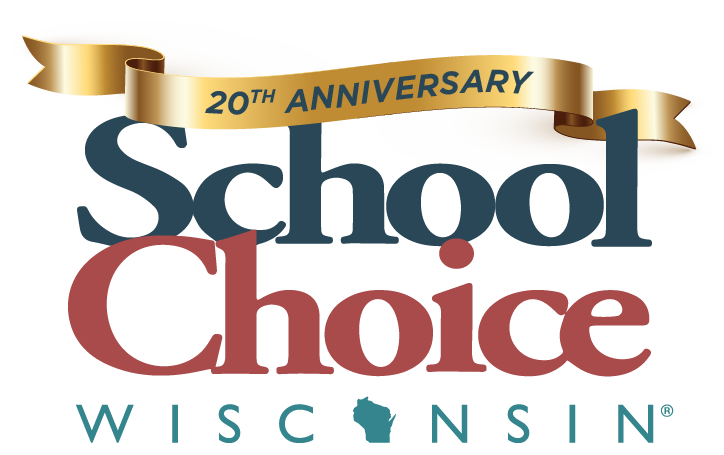The Diverse Faces of School Choice
| Share this post: |
The laws establishing school choice in Wisconsin outline who is eligible to participate in the state’s parental choice programs.
To enter the Milwaukee Parental Choice Program or the Racine Parental Choice Program, families must live in the Milwaukee or Racine school districts and have an income that doesn’t exceed 330 percent of the federal poverty level. To be eligible for the statewide Wisconsin Parental Choice Program, families can’t have an income of more than 220 percent of the federal poverty level.
An analysis of choice student demographics provide a more detailed picture of who is being served by private choice schools. The reality is that Wisconsin’s parental choice programs serve a dynamic, diverse student population that broadly mirrors the public school demographics.
Milwaukee
The Milwaukee Parental Choice Program and Milwaukee Public Schools draw from the same student pool and that is reflected in their demographics. Two groups – African Americans and Hispanics – comprise three quarters of students in both programs.
For the 2021-2022 school year, MPCP’s student population was 47.8 percent African American and 34.5 percent Hispanic, compared to 50 percent African American and 27.9 percent Hispanic for MPS.
Both cohorts are roughly 80 percent economically disadvantaged, and 10.7 percent of choice students were English Language Learners compared to 13.4 percent of MPS students.
Racine
The Racine Parental Choice Program and Racine Unified School District have more demographically-balanced student population, with white students taking a much larger share of the student body. 39.7 percent of RPCP students were white, compared to 35.8 percent of RUSD. A nearly identical 30.2 percent of the student population in both were Hispanic, and 20.8 percent of RPCP students were African American, as were a quarter of RUSD students.
Meanwhile, RCPC students were more likely than RUSD students to be economically disadvantaged (64.7% to 61%) and more likely to be English Language Learners (12.4% to 11.7%).
Statewide
When it comes to the Wisconsin Parental Choice Program, its student population closely matches the demographics of public school students across the state. For the 2021-22 school year, two thirds of both groups were white, while eight percent of both were African American. One demographic difference is among Hispanic students – 15.4 percent of WPCP students were Hispanic, compared to 12.9 percent of statewide public school students. Consequently, 11.6 percent of WPCP students were English Language Learners, while just six percent of statewide public school students fit that category. 48.7 percent of statewide choice students were economically disadvantaged, compared to just 40.3 percent of statewide public school students.
| Share this post: |
 Skip to content
Skip to content